Seeing how Persian cats are among the most popular cat breeds in the United States, if not the world, it’s easy to see why you’d want to welcome one of these elegant and laid-back felines into your home. However, while these positive traits may be true, prospective owners should be aware that Persian cats require more care when compared to other breeds. Let’s explore the history, personality, diet, care, health concerns, and additional pertinent facts when it comes to the exquisite Persian cat.
Persian Cat History
Surprisingly, not much is known about the expansive history of the Persian cat which dates back to hundreds, if not thousands, of years ago. The popular Persian breed is depicted in hieroglyphics dating back to the early 1500’s and researchers believe that they could’ve been domesticated long beforehand. Persian cats, who are believed to be bred from other longhair cats in Persia, Burma, China, and Russia, were formally introduced into Europe from Iran in the 14th century. Persians were admired in the first recorded cat show at London’s Crystal Palace in 1871, then later these luxurious felines were accepted as an official breed by the Cat Fanciers Association in 1906. Now available in a wide variety of colors and coats, Persian have become one of the most popular cat breeds in the world.
Temperament
Persian cats have gentle, sweet, friendly, and patient personalities, making them ideal family cats. These furry felines will rarely act playful with short bursts of energy, although, they are commonly seen relaxing around the house or snuggling on their owner’s lap when the mood strikes. While Persian cats are moderately social and will politely enjoy your company, they also are happy when left alone for some of the day to nap beside a sunny window. Persian cats require gentle handling and won’t respond well when forcefully grabbed or faced with strenuous activities. Finally, Persians prefer to be homebodies and enjoy the company of other cats as well as gentle dogs.
Appearance & Coat Care
There’s no mistaking a Persian cat when you see their thick fur coats, stocky bodies, and large eyes. This medium-sized breed usually weighs anywhere from 7-14 pounds and comes in a host of coat colors which includes orange, cream, gray, white, blue, and more. Persians eyes are commonly blue or amber, and their short tail is lofted without a curve and angled lower than their backs. While Americans are used to the flat-faced Persian cat, traditional Persian cats without these smooshed faces are more commonly seen around the world.
Persians may be simple to take care of in terms of personality, on the other hand, their coats are incredibly high maintenance. Sporting a silky topcoat and a cottony undercoat, they must be groomed daily with a stainless-steel comb to remove tangles, loose hair, and other mats. In addition, Persian cats should be bathed weekly followed with combing and blow drying their coat at a low temperature.
Health Concerns
Persian cats typically have a lifespan of 10-15 years and are unfortunately susceptible to a host of potential health problems, including:
- Progressive Retinal Atrophy (PRA) – A genetic eye disease that can eventually lead to blindness.
- Polycystic Kidney Disease (PKD) – Liquid-filled sacks that grow over time which eventually leads to kidney failure.
- Brachycephalic Syndrome – A respiratory disease that can shorten their overall lifespan. This generally only effects flat-faced Persian cats.
Interesting Facts
- Queen Victoria had multiple Persian cats as she liked them for their sophistication and nobility.
- The world’s largest cat painting is of a Persian cat and was last sold for $826,000.
- Persians are the world most popular pedigreed breed.
- They were originally named Longhairs in the early 1960s.
- Famous Persian cat fans include Martha Steward, Freddie Mercury, Elizabeth Tayler, and Giorgio Armani.
- A Persian cat named Mr. Tinkles played a villain in the 2010 film Cats & Dogs: The Revenge of Kitty Galore.
Dietary Requirements of Persian Cats
If allowed to eat too much, Persian cats may quickly become overweight. To manage your cat’s food intake, measure their food and feed your Persian twice a day. For an optimum Persian cat diet, be sure to sprinkle a scoop of Dr. Bill’s Feline Ultimate Fitness & Health on their food every day.
Feline Fitness & Health is a delicious, concentrated nutritional powder, scientifically formulated to provide a balanced blend of 50 nutrients that support optimum fitness and health in growing, physically mature, and senior cats. Designed to promote a strong, lean body, a healthy immune system, a balanced digestive tract, flexible joints, plus healthy eye, heart and brain function. Feline Fitness & Health is safe for growing and adult Persian cats of all ages.
-
Feline Ultimate Fitness & Health$32.55 — or subscribe and save 10%


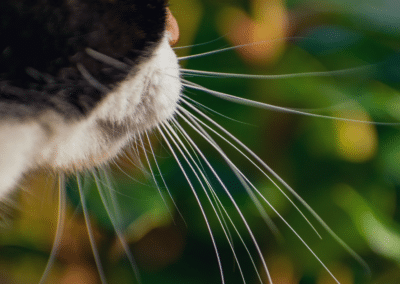
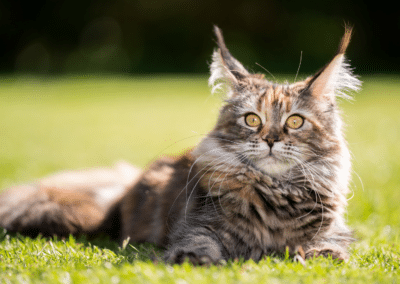
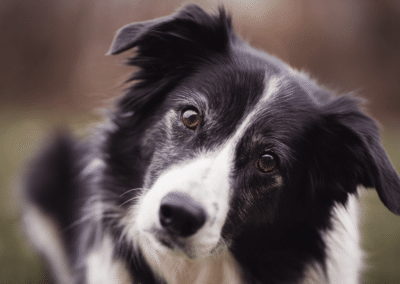
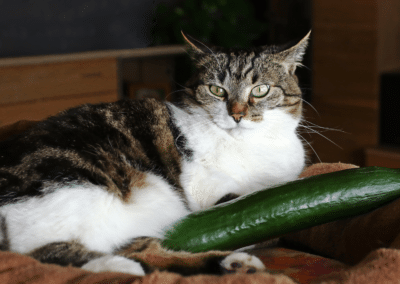
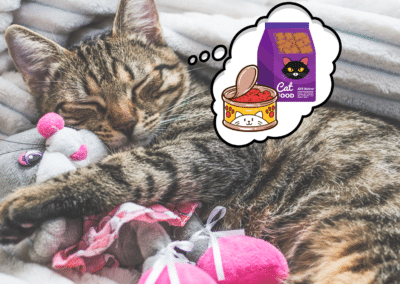
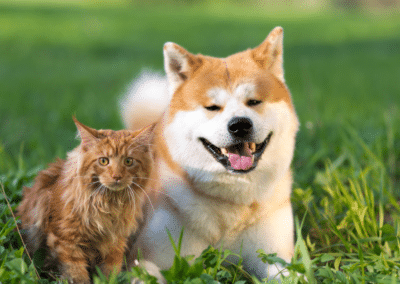


0 Comments